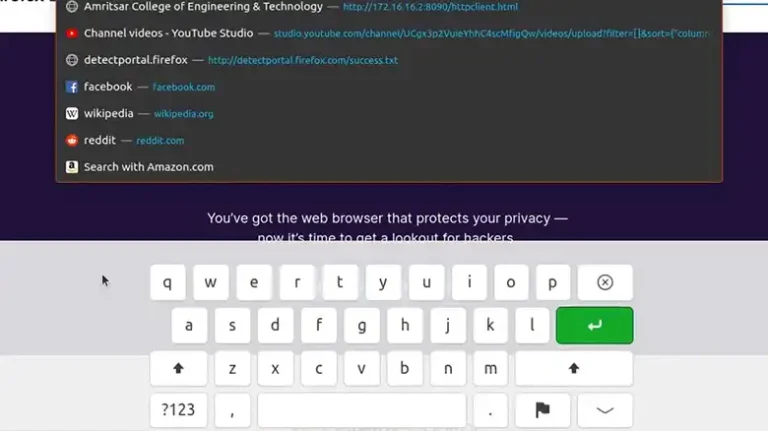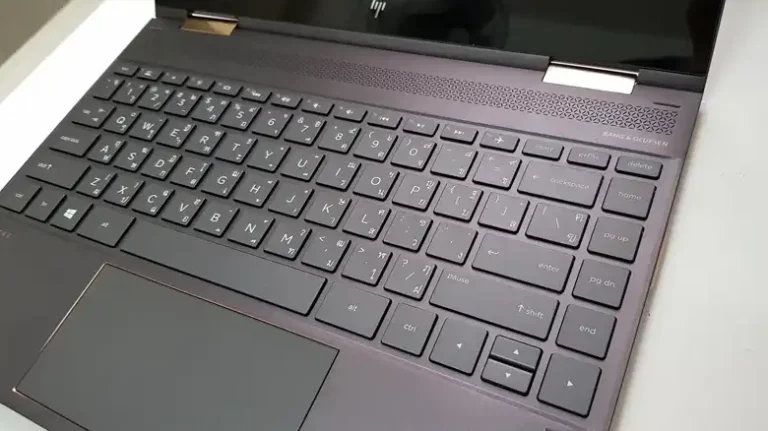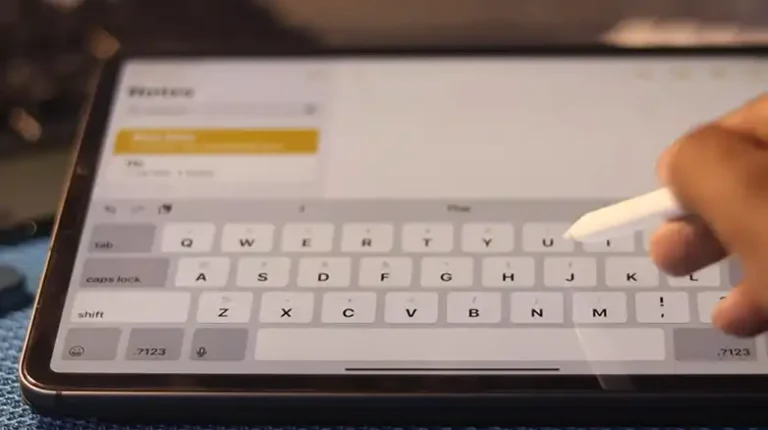G Skill Keyboard not Working – A Fixing Guide
Your keyboard is a vital input device that plays a pivotal role in your daily computing tasks. When your G.Skill keyboard suddenly stops working, it can be frustrating and disrupt your workflow.
Here, we will explore the various reasons why your G.Skill keyboard may not be functioning as expected, and we’ll provide detailed instructions on how to fix these issues. Additionally, we’ll address frequently asked questions to help you get your keyboard back in working order.

Why Your G.Skill Keyboard Isn’t Working?
Before diving into the troubleshooting steps, it’s essential to understand the potential causes behind your G.Skill keyboard not working. Identifying the root of the problem will make it easier to apply the right solution.
Hardware Issues
Loose or Damaged Cable: A loose or damaged USB cable can lead to connectivity problems. A damaged cable may have exposed wires or bent connectors.
Physical Damage: Physical damage to the keyboard, such as broken keys or spilled liquids, can impair its functionality.
Software and Driver Problems
Outdated Drivers: Incompatible or outdated drivers can prevent your keyboard from working correctly, especially after an operating system update.
Driver Conflicts: Conflicts with other installed drivers can lead to keyboard malfunctions.
Connectivity Problems
Wireless Connection Issues: For wireless G.Skill keyboards, connection problems can arise due to issues with batteries, interference, or a faulty receiver.
How to Fix Your G.Skill Keyboard
Now that we’ve identified potential causes, let’s delve into the steps to resolve these issues and get your G.Skill keyboard working again.
Manually Update the G.Skill Driver
- Disconnect the keyboard from your PC.
- Locate a small hole beneath the leg standoff in the upper left corner, underneath the MR key.
- Insert a paper clip or a similar object (at least 2cm long and less than 1mm in diameter) into the small hole. You should feel a click or a switch/button being pressed down.
- While holding the button down, plug in and connect both USB connectors. The keyboard will not function, and the LED lights will remain off at this point.
- Open “This PC,” and you should see a drive with a size of 64KB (Drive Name: “CRP DISABLD” or “CRP1 ENABLD“).
- Delete the contents of this drive (typically a single file named “firmware.bin“), and then copy the “GSKILL_KM780_MX_FW_V0032.bin” file into the drive.
- Remove the paper clip and reconnect the USB connectors.
- Once the keyboard’s LED lights up, confirm that the keyboard is functioning by pressing the Windows key.
Your computer should now be able to detect the G.Skill keyboard. If it still doesn’t you can try some other solutions mentioned below.
Check the Physical Connections
Ensure Proper Connection: Make sure your keyboard is securely connected to your computer. If it’s a wired keyboard, check the USB cable connection. If it’s wireless, ensure that it’s properly paired.
Test the Keyboard on Another Computer
Isolate the Issue: Try connecting your G.Skill keyboard to another computer to see if it functions correctly. If it does, the problem may be with your computer, not the keyboard.
Check for Software or Driver Issues
Update or Reinstall Drivers: Visit the G.Skill website to download and install the latest drivers for your keyboard model. Uninstall the existing drivers before installing the new ones.

Resolve Driver Conflicts: In Windows, open Device Manager (Right-click on the Start button, select Device Manager) and check for any conflicts under “Keyboards” or “Universal Serial Bus controllers.” Resolve conflicts by updating or uninstalling conflicting drivers.
Restart Your Computer
Reboot: Sometimes, a simple system restart can resolve hardware issues. Restart your computer and see if the keyboard starts working afterward.
Check for Physical Damage
Inspect the Keyboard: Carefully examine your keyboard for any physical damage, such as loose or broken keys, or signs of liquid spills. If you find damage, it may require professional repair or replacement.
Try a Different USB Port
Change Ports: If you have a wired keyboard, plug it into a different USB port on your computer. A faulty USB port can sometimes be the culprit.
Replace the Batteries
Wireless Keyboard Battery Replacement: If you’re using a wireless G.Skill keyboard, check the battery level. If the batteries are low or dead, replace them with fresh ones and see if the keyboard starts working again.
Frequently Asked Questions
Why is my G.Skill keyboard not lighting up?
If your keyboard has RGB lighting features, ensure that the lighting settings are configured correctly. You may need to use software provided by G.Skill to customize the lighting effects. Additionally, check if there’s a specific key or function to toggle the lighting on/off.
How do I clean my G.Skill keyboard?
Cleaning your keyboard can help prevent issues. Disconnect it from the computer, turn it upside down to shake out loose debris, and use compressed air or a soft brush to remove dust and crumbs. For more thorough cleaning, you can remove the keycaps and clean them underneath. Be cautious when removing keycaps to avoid damage.
Can I use my G.Skill keyboard on a Mac?
G.Skill keyboards are primarily designed for Windows PCs, but many of them are compatible with Mac computers. However, some special function keys may not work as expected on macOS. Check for driver updates or third-party software solutions for better compatibility.
In Conclusion
When your G.Skill keyboard encounters issues, it’s essential to identify the underlying cause and follow the appropriate troubleshooting steps to resolve them. From checking physical connections to addressing software or driver problems, the solutions provided in this guide should help you get your G.Skill keyboard back in working order. If all else fails, don’t hesitate to reach out to G.Skill support for professional assistance. A well-maintained and functioning keyboard is crucial for a smooth computing experience, so taking the time to troubleshoot and fix any issues is worth the effort.





![Rugged Folio for iPad Keyboard not Working [How to Fix]](https://keyboardhunter.com/wp-content/uploads/2023/10/Rugged-Folio-for-iPad-Keyboard-not-Working-768x431.webp)